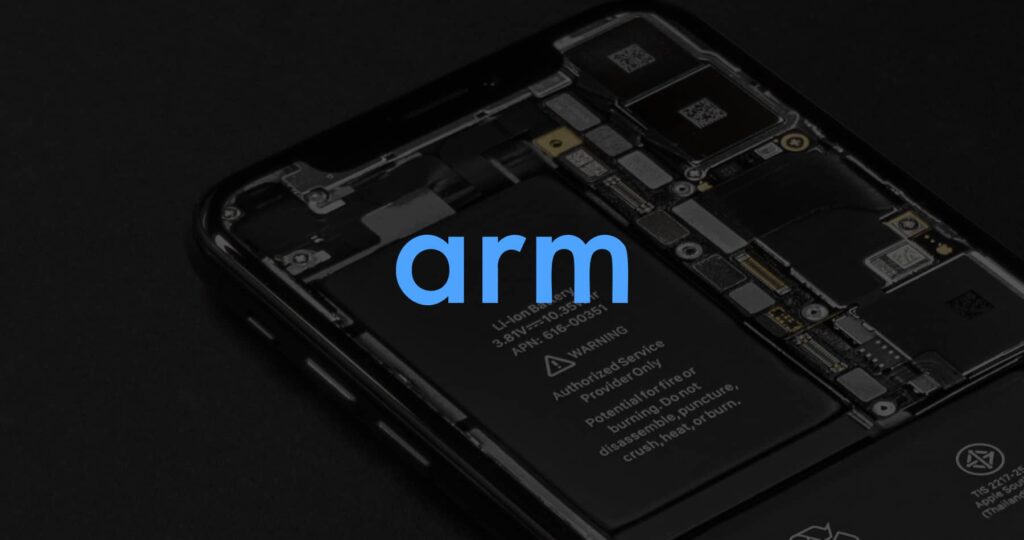In case you missed it, on January 22 Tim Sadler, Tessian’s CEO and co-founder, hosted our first webinar of the year which explored the biggest threat to an organization’s security: its employees.
To understand the risk of human error in the workplace and how Tessian’s Human Layer Security platform is able to mitigate that risk, Tim S. was joined by Tim Fitzgerald, the CISO of Arm for a live Q&A. Before joining Arm over two years ago, Tim F. served as the CSO of Symantec for over five years. He has a special interest in digital data and human security.
Arm is a customer of Tessian’s, and has deployed Tessian Defender, Tessian Guardian, and Tessian Constructor. Consequently, Tim F. is not just attuned to the security risks associated with employees making mistakes, he understands how best to combat those risks.
While you can listen to the full webinar and Q&A on-demand here, below are some of the key takeaways from Tim Fitzgerald.
Where does risk really exist?
Tim Fitzgerald: “It is very ‘sexy’ in security to talk about big hacking groups and use that as justification to invest in security. And there’s a lot of legitimacy behind that. But the other side of the narrative – which we spend more time on now than nation-state type threats – is how do we not do it to ourselves? Because now we’re more often dealing with avoidable events caused by predictable human error.”
“I think, in general, not only should we be talking to our senior executives and boards more clearly about where real risk exists – which for most companies is the human layer – but we also need to be doing more to help these people combat the problem rather than just passing blame.”
To err is human, but people are (generally) well-intentioned
TF: “I very much chafe at the idea that we think of our employees as the weakest link. It underserves peoples’ intent and how they choose to operate. Rather than that, we try to take a look in the mirror and say ‘What are we not providing our employees to help them avoid these type of scenarios?’”
“At Arm, we take the ‘people-are-people’ view. Not that they’re the weakest link; not that they don’t come with good intent; or that they don’t want to be good at their job; or that they take shortcuts just to get that extra moment of productivity. But, actually, everyone wants to do a good job and our job is to arm them with both the knowledge and the tools to be able to keep themselves secure, rather than trying to secure around them.”
The role of a CISO is people-centric
TF: “I view my job in human security as somewhere between a sociology and a marketing experiment. We’re really trying to change peoples’ behaviors in a moment. Not universally, not their personal viewpoints. But will they make the right decision in this moment to do something that won’t create security risk for us? Evolving that strategy relies not just on how we influence behavior in that moment of time, but actually, can we change their ethos? Can we make responsible security decision-making part of everybody’s job?”
“Security is ultimately my responsibility. But, we very much rely on what we consider our extended security team, which is all of our employees. Our view is that they can undo all the good that we’ve done behind them to try to compensate for the risk that normal human beings create.”
Security solutions should empower employees
TF: “By far the biggest single challenge we have is Arm’s ethos around information sharing. We have a belief – that has proven to be true – that this level of information sharing has allowed Arm to be extraordinarily successful and innovative. There’s no backing up from that, and that represents a huge amount of challenge; that level of information sharing is quite difficult to manage.
“Rather than saying people are an intractable problem and therefore we can’t conquer this, if we start thinking about how we can mobilize them as a part of our overall cybersecurity defense mechanism, it causes you to rethink whether or not you’re serving your populous correctly.”












